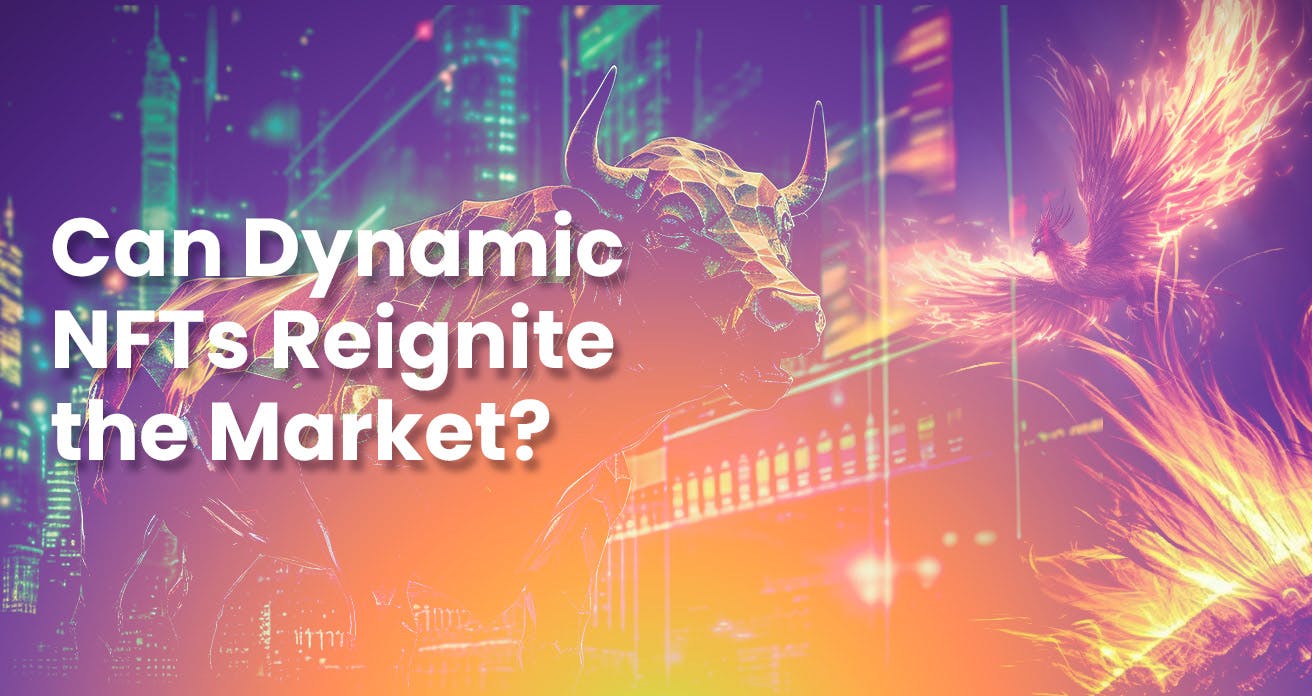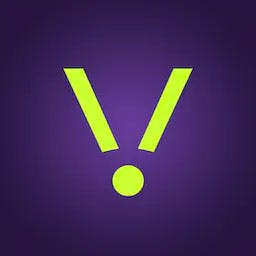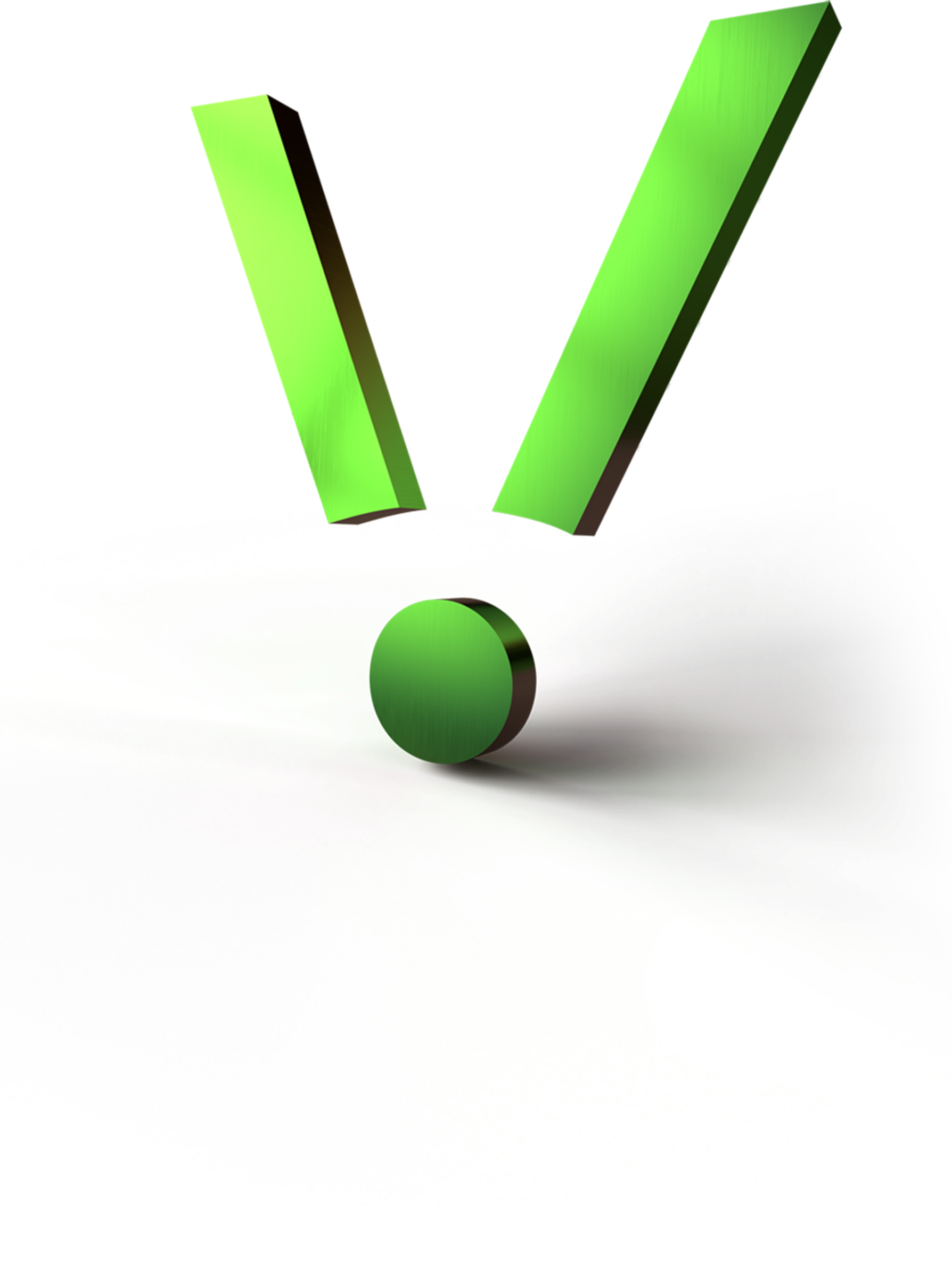Blog

The NFT Bubble Bursts: Can Dynamic NFTs Reignite the Market?
The NFT market, once hailed as a revolution in digital ownership, is facing some changes. The bubble has burst, and many are questioning the future of NFTs. However, amid the skepticism, there is room for hope, especially with the emergence of dynamic NFTs. In this blog post, we will explore the rise, present and of NFTs, the challenges they face, and how dynamic NFTs might offer a fresh start.
The Rise and Fall of Static NFTs
NFTs gained fame as unique digital assets recorded on a blockchain, immune to duplication or alteration. They offered secure ownership transfer, enabling digital art, music, memes, tweets, and more transactions. Initially, NFTs seemed promising for creators to protect their work and generate revenue through automated royalties on secondary sales.
The NFT market's initial spark can be traced back to 2014 when Kevin McCoy created 'Quantum,' a pulsating octagon auctioned for $1.47 million. However, it was between 2018 and 2021 that the market experienced impressive growth, fueled by the interest of young celebrities, influencers, and artists.
The market exploded in 2021, with multiple billion worth of NFTs sold.
The Challenges that Popped the Bubble
As the NFT market swelled, so did the number of opportunistic criminals, fraud, and Ponzi schemes.
Fraudulent creators lured investors into projects that vanished with their money, while launderers manipulated sales records to legitimize their cash flow.
Volatility in art valuations left creators with unstable incomes, and prices crashed after the initial boom. A flood of low-value items in centralized markets sparked investor apprehension, and NFTs became driven more by FOMO (Fear of Missing Out) than credible valuation.
Furthermore, the utility of NFTs came into question.
NFT ownership does not necessarily grant copyrights, and digital assets may remain accessible to others. This realization, combined with growing investor skepticism, prompted a shift back towards traditional investments in more stable markets.
The Hopeful Horizon for Dynamic NFTs
Amid the uncertainty surrounding NFTs, dynamic NFTs are emerging as a potential game-changer. These programmable and interactive tokens offer new dimensions of interactivity, programmability, versatility, and revenue streams. By allowing assets to change and evolve based on external inputs or conditions, dynamic NFTs could rekindle the excitement that initially surrounded NFTs, and for use cases that have more sustainable value over the long term.
Creators can define rules for dynamic NFT behavior, providing a high level of automation and control. These tokens find applications in gaming, identity management, asset valuation, and more. We go into more details on this in our use cases. While the NFT market may have cooled, it's not necessarily dead, and the next wave will look very different, with a renewed focus. Dynamic NFTs hold promise for everyday people in terms of verifiable, digital ownership. And they hold promise for business in meeting the next generation of customers and their demands For NFTs to become more mainstream the following factors will play a crucial role:
-
everyday consumer understanding and demand of the purpose and benefits
-
improved UI/UX and easier paths to adoption
-
regulatory and legislative developments that protect consumers and distill the ambiguities
In conclusion, while the NFT bubble has burst, the potential of dynamic NFTs offers hope for the future of digital ownership. As creators, collectors, and technology enthusiasts navigate this evolving landscape, dynamic NFTs could reignite the NFT market and reshape the way we engage with digital assets. The journey is far from over, and the story of NFTs continues to unfold.

